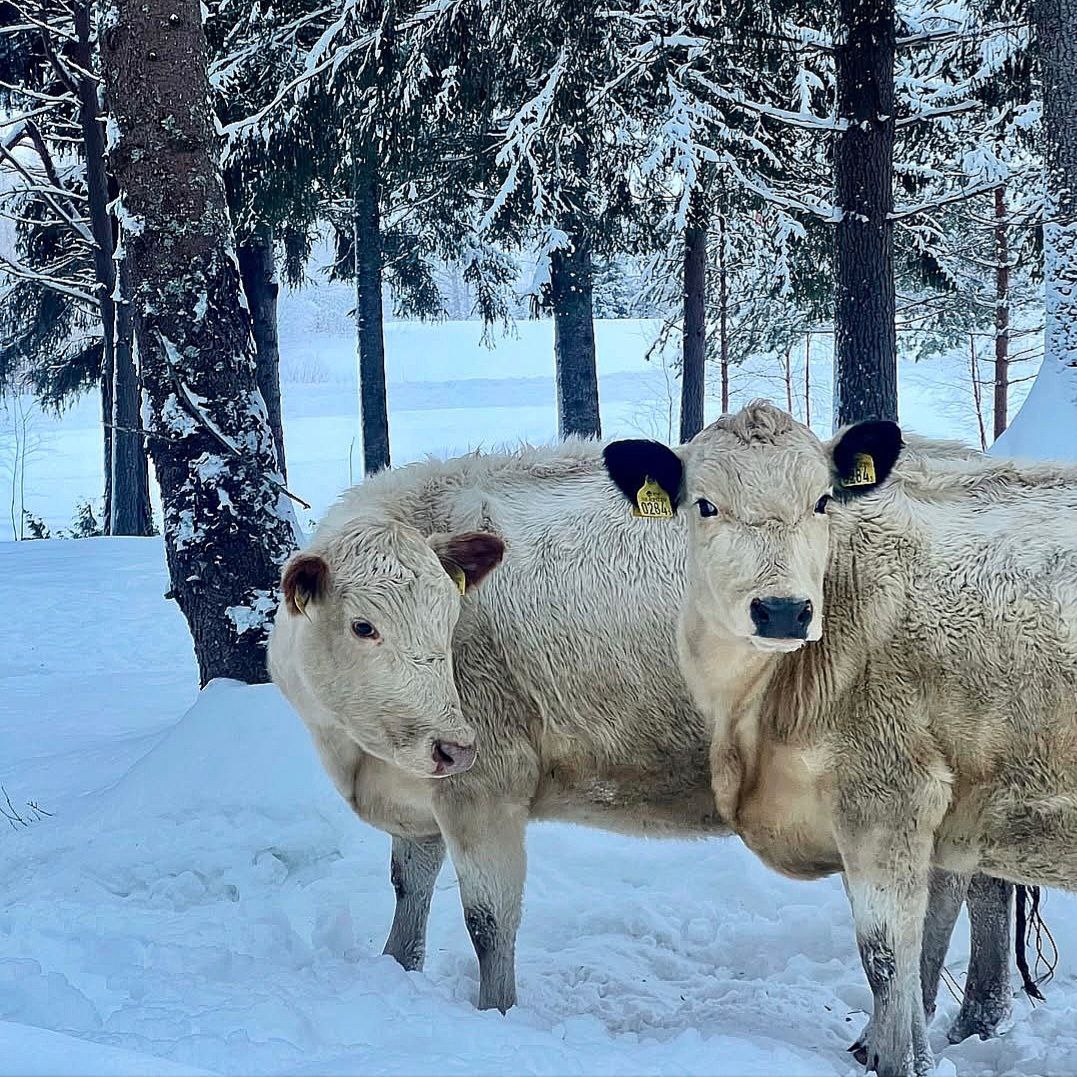Fjällkon har funnits i Norrland i 2000 år och är den ursprungliga norrländska kon. De delar ursprung med de första korna som kom från Nordnorge till Island på 900-talet. Fjällkon har formats av vårt karga klimat här i Norden, betat skogarna runt fäbodarna och gett våra förfäder mjölk och kött genom årtusenden.
Fjällkon är hornlös och kännetecknas med vit päls med rödbruna eller svarta fläckar. Fjällkon är mindre än de flesta andra koraser, stark och tålig och väger cirka 450kg. Jämför man fjällkons mjölk med andra raser är ostutbytet per kg mjölk nästan dubbelt så stort. Det går endast åt 7–8 kg fjällkomjölk för att få 1 kg ost, jämfört med 14–16 kg mjölk från de kommersiella koraserna.
I slutet på 1800-talet fanns det ca 400 000 fjällkor i Sverige. Idag är Fjällkon starkt utrotningshotad, med bara ca 400 registrerade fjällkor kvar på mjölkgårdar. En minskning med 99,9%. Det finns fler fjällkor spridda på små gårdar, men framtiden ser inte ljus ut för den svenska fjällkon, trots resurser för att försöka bevara dem. Skydda och bevara våra inhemska Skandinaviska raser – vår Nordiska flora och fauna 🤍
🇬🇧
Fjällkor (The Swedish Mountain Cattle) has existed in Norrland, Sweden for 2000 years, and is the original Norrlandian cow. They share origins with the first cows that came from Northern Norway to Iceland in the 9th century. The Fjällko has been shaped by our harsh climate here in the North, grazing the forests around the shacks(fäbodar) and providing our ancestors with milk and meat for millennia.
The Fjällko is hornless and characterized by white fur with reddish-brown or black spots. The Fjällko is smaller than most other cow breeds, strong and durable and weighs around 450kg. If you compare the milk of the Fjällko with other breeds, the cheese yield per kg of milk is almost twice as large. It only takes 7–8 kg of milk from the Fjällko to produce 1 kg of cheese, compared to 14–16 kg of milk from the commercial cow breeds on dairy farms.
At the end of the 19th century, there were about 400,000 Fjällkor in Sweden. Today they are highly endangered, with only about 400 registered left on dairy farms. A reduction of 99.9%. There are more Fjällkor scattered on small farms, but unfortunately the future does not look bright for them, despite resources trying to preserve them. Protect and preserve our native species of Scandinavia – our Nordic flora and fauna 🤍

